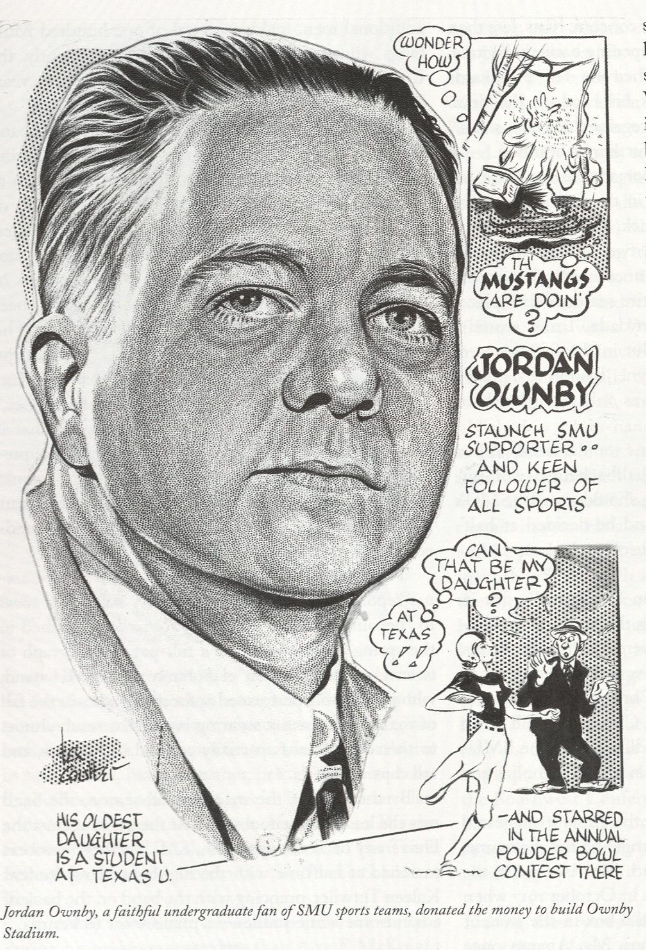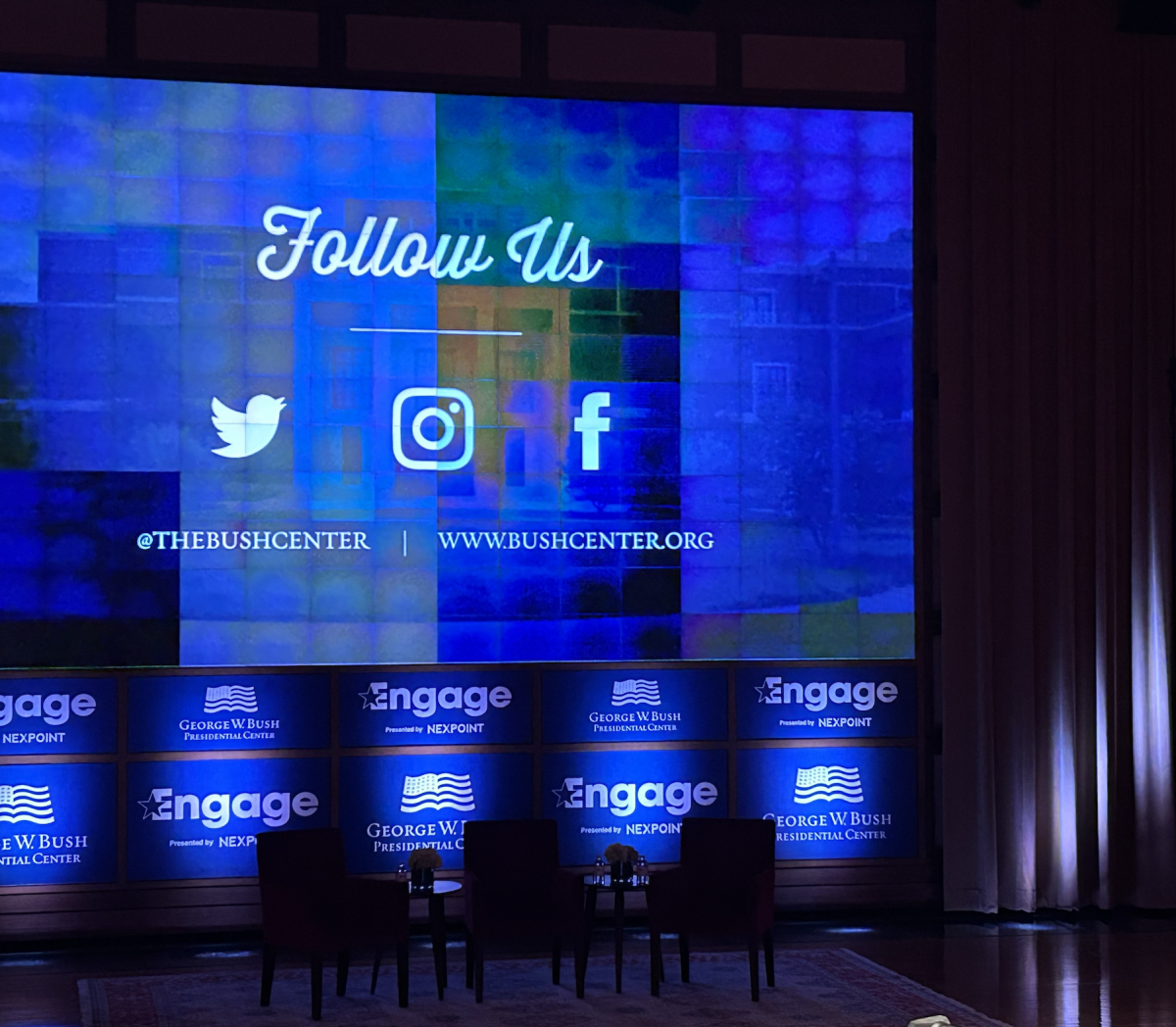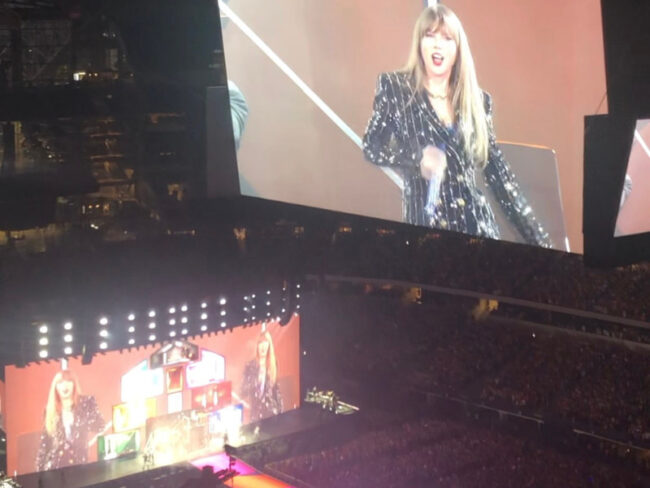News, advice, necessary updates and useless information—all provided to online readers in fewer than 140 characters. Of course, this is the popular social media outlet Twitter. For some it’s a site for bursts of random “information” with a cute little blue bird in the left-hand corner. For others, it’s the source of their 24-hour news. But for me, it’s a daily routine. This e-technology has, essentially, become my online go-to for almost everything.
It was in the spring of 2009 when I entered my personal information to start a Twitter account. I wasn’t trying to fill a void. I believe I was taking the time to choose a username and provide my birthday to procrastinate writing a news article for my reporting II class. My first tweet? “figuring out what the big deal is with twitter.” (I for some reason neglected the importance of capitalization). Oh, but my tweets evolved. Fewer than two months (and three tweets) later, I was informing my online pool of followers with vital information: “Rainy in the Cape today.” Well, it may have been providing my 50 followers at the time with information that they had already known, but at least I had evolved to correct capitalization.
My tweets became more frequent, which proved to be an unfortunate trend, as I was one of those tweeters whom I now despise. Others complain about them as well—those who take the time to tweet, “I just finished my scrambled eggs for breakfast—yum!” Just like other e-technology, such as Facebook, it’s this instance where Twitter can get the accusation of being a waste of time.
These useless tweets continued through my summer, intermixed with random thoughts of cooking and cheers for baseball teams; but I was discovering a better use of time with Twitter. I began to follow tweeps, (as those who tweet are called), who weren’t just my friends. I followed news outlets: The New York Times, The Washington Post, The Daily Campus, and other thriving or dying news media. Twitter was also proving to be a perfect source for niche interests. My love for cooking flourished as I started following Bon Appetit magazine and Food Network’s Bobby Flay.
A year later, I would understand that one cannot watch the world go by him or her one tweet at a time. By spring of 2010, I began to tweet more often and with more value (at least, I think so). I informed the online readers of information that mattered: “Daily Campus – $93 million and counting: http://bit.ly/9Nbxrm.” Of course, I still informed the same readers of information less critical in tweeting, “My reporter’s notebook has become my location for ingredient lists.”
My history of tweets shows an evolution both in my Twitter experience and in my education as a growing journalist. Not only am I showing my appreciation for others work by tweeting news from a New York Times’ journalist, but I am able to share my own work from the Daily Campus or my blog. I have found my current relationship with this social media site to be not only fun and addicting, but advantageous in connecting with others. I have tweeted 660 tweets. I have 446 people or organizations following me. I’m following 452 tweeps whom I find important or interesting.
Since the beginning of this academic year, Twitter has become a place for me to find information, share my creative thoughts and promote the work my peers and I are accomplishing. Many claim to be addicted to Twitter—and some, like our news editor, Sarah Kramer, may actually be. Some days I have four tweets in a day. Sometimes I only muster up four tweets in one week. Most of the time, whatever it is that runs through my blood that makes me a journalist is the same catalyst that makes me want to share information via Twitter.
Aside from the fact that I’ve tweeted twice while writing this, I view my deep involvement with Twitter as time well spent. I get my news. I report news. I laugh. I make readers laugh (intentionally, I hope). I find a new cooking trick. I share a new recipe. I connect. And all in fewer than 150 characters.
Taylor Adams is a senior journalism major. She can be reached for comment at [email protected].














